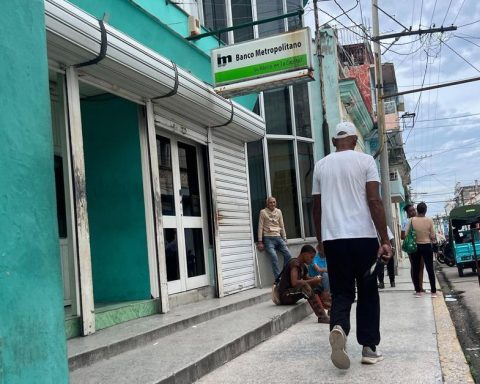The unemployment rate fell in 15 of the 27 states in the second quarter of this year compared to the first quarter. In other locations, the rate remained stable. The data comes from the Continuous National Household Sample Survey (Pnad-C), released this Thursday (15) by the Brazilian Institute of Geography and Statistics (IBGE).
The largest drop was observed in Bahia (-2.9 percentage points), as the state went from an unemployment rate of 14% in the first quarter to 11.1% in the second quarter. Despite this, the Bahian labor market has the second highest rate in the country, behind only Pernambuco (11.5%).
THE average unemployment rate in the country fell 1 percentage point, going from 7.9% to 6.9% in the period, as announced at the end of July.
In addition to Bahia, nine other states had a drop above the national average: Piauí (-2.4 percentage points, from 10% to 7.6%), Amazonas (-1.9 percentage points, from 9.8% to 7.9%), Alagoas (-1.8 percentage points, from 9.9% to 8.1%), Tocantins (-1.7 percentage points, from 6% to 4.3%), Acre (-1.7 percentage points, from 8.9% to 7.2%), Espírito Santo (-1.4 percentage points, from 5.9% to 4.5%), Maranhão (-1.1 percentage points, from 8.4% to 7.3%), Ceará (-1.1 percentage points, from 8.6% to 7.5%) and Pará (-1.1 percentage points, from 8.5% to 7.4%).
Minas Gerais and São Paulo had the same drop as the national average, with the former falling from 6.3% to 5.3% and the latter from 7.4% to 6.4%.
With less intense drops than the national average, there are Goiás (-0.9 percentage points, from 6.1% to 5.2%), Rio de Janeiro (-0.7 percentage points, from 10.3% to 9.6%) and Santa Catarina (-0.6 percentage points, from 3.8% to 3.2%). The latter state had the lowest rate among all the states in the federation.
Mato Grosso and Rondônia remained stable and with rates similar to Santa Catarina (3.3%). Mato Grosso do Sul is still in the 3-point range, with 3.8%.
In addition to these, the following states showed stability in the unemployment rate: Paraná (4.4%), Rio Grande do Sul (5.9%), Roraima (7.1%), Paraíba (8.6%), Amapá (9%), Sergipe (9.1%), Rio Grande do Norte (9.1%), Distrito Federal (9.7%) and Pernambuco (11.5%).
Performance
Only four states saw an increase in their average real monthly income from the first to the second quarter of this year: Rondônia (8.7%), Pernambuco (8.5%), Ceará (7.2%) and Rio Grande do Sul (5%). The other states maintained their values stable.
In comparison with the second quarter of last year, however, income grew in ten states: Rio Grande do Norte (19.8%), Bahia (15.9%), Rondônia (13.3%), Maranhão (9.2%), Rio Grande do Sul (8.9%), Minas Gerais (7.5%), Paraná (6.7%), Mato Grosso (6.3%), São Paulo (6%) and Santa Catarina (5.5%).
The Federal District continues to have the highest average income (R$5,154), while Maranhão continues to have the lowest value (R$2,088).

















